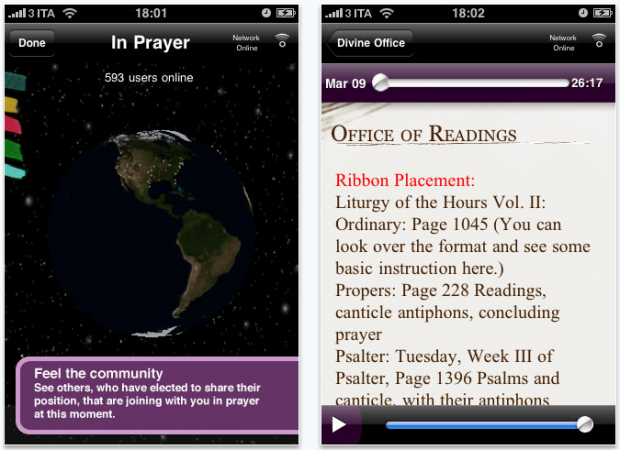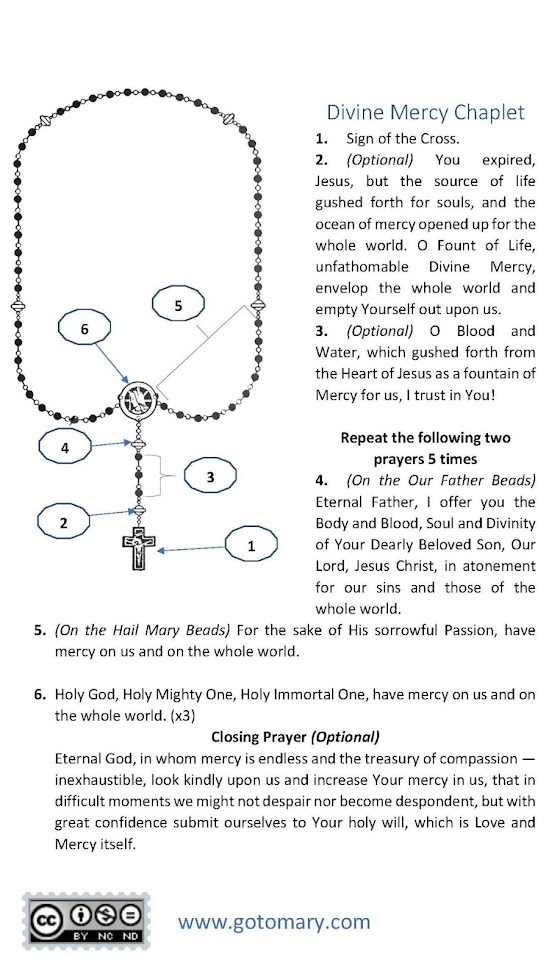

It says on the top of the page, "Ninth Sunday in Ordinary Time." In order to figure out what week it is, go to and click on their calendar on the right hand side of the page. During special seasons such as Lent, there are specific readings and prayers for each day.Īs of the publication of this article, you can place the second ribbon on page 613 (** Note: To see the correct page numbers of Christian Prayer for today, click here). In this section there are special antiphons and prayers for the hours prayed on Sundays throughout the year. The second ribbon to be set will be located in the front of the breviary in a section called the "Proper of Seasons." This section of the breviary has all the prayers according to the "seasons" of the Church: Advent, Christmas, Lent, Easter and Ordinary Time. This is important to remember and will be repeated in Morning Prayer, Evening Prayer, etc. That means after praying a Psalm, you will have to flip the page backwards to recite the correct antiphon.
#PRAY THE DIVINE OFFICE ONLINE FULL VERSION#
Unlike the full version of the divine office, the antiphons are only printed once at the beginning of each Psalm.

When praying with other people, you will recite the antiphon after every stanza.īefore we go any further, a note about Christian Prayer. If you are praying the Invitatory on your own, you will say the correct antiphon once, pray Psalm 95 and then recite the same antiphon at the end. This is composed of an antiphon and Psalm 95 and is typically prayed before Morning Prayer (or the Office of Readings). Until you have them memorized, you can always turn to the Ordinary to find them.Īfter you have read the Ordinary, leave your first ribbon where it says Invitatory. These prayers are said at Evening and Morning Prayer and are typically memorized when prayed frequently. The Ordinary also has prayers that are repeated each day such as the Magnificat and Benedictus. It is suggested to read through the entire Ordinary before going any further. There are plenty of instructions and options, so read it all carefully. In the Ordinary we abide by the common phrase "Say the Black, Do the Red." All the words printed in the color red are instructions and all the words printed in black are the prayers you actually pray. The Ordinary is the basic "instruction manual" for the Liturgy of the Hours and acts as a reference point if you ever get stuck. To begin setting the ribbons, take one of them and open to page 686 where the "Ordinary" and "Invitatory" are located. **Note: To see the correct page numbers of Christian Prayer for today, click here.įirst of all, as with any breviary, there are the all-important "ribbons." These are extremely important and allow you to mark the correct parts of the Divine Office. It is designed for the everyday lay person who wants to deepen their prayer life by immersing themselves in the Psalms. There are other publications of the Divine Office, including digital versions, but for the purposes of this article we will only cover the most common one.Ĭhristian Prayer contains: Morning, Evening and Night Prayer, with an abbreviated section for the Office of Readings and Daytime Prayer. Today, we will give you a step-by-step guide through the most common prayer book lay people can pick up to pray the principal hours of the divine office: Christian Prayer. However, after an initial introduction to praying the Liturgy of the Hours, it becomes much easier and soon it will be like clockwork. If one chooses to purchase a physical breviary (the book that contains the Liturgy of the Hours) it can be challenging especially if no one is there to show you what to do.

The foundation of the prayer is simple, praying the Psalms, but in practicality can be quite difficult.

The Second Vatican Council highly encouraged the laity to "recite the divine office, either with the priests, or among themselves, or even individually" ( Sacrosanctum Concilium, 100). The Liturgy of the Hours, also known as the Divine Office, is a beautiful and ancient tradition in the Church that is not reserved for priests and religious, but can also be prayed by the lay faithful.


 0 kommentar(er)
0 kommentar(er)
